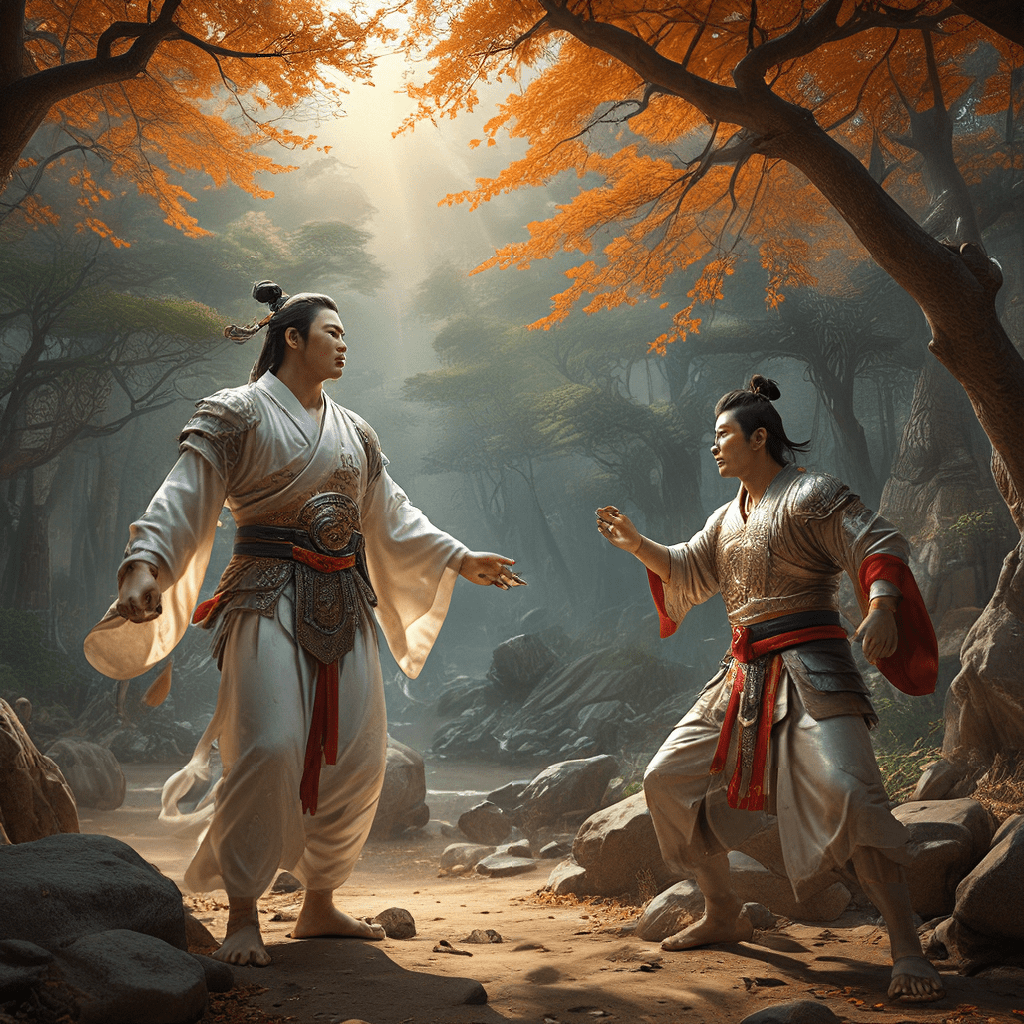The Legend of the Sacred Teak: A Tree of Strength and Beauty
Introduction to the Sacred Teak
Teak, scientifically known as Tectona grandis, is not just any tree; it is a significant species revered for its strength, durability, and beauty. Known for its rich golden-brown color and fine grain, teak wood has been a sought-after material for centuries, particularly in the furniture and shipbuilding industries. However, the importance of teak goes beyond its physical attributes; it holds a profound place in the cultural and historical narratives of various societies.
The Origins of the Sacred Teak Legend
The legend of the sacred teak tree is steeped in myths and folklore that span across different cultures, particularly in Southeast Asia and parts of India. According to local stories, the teak tree is believed to be a gift from the gods, representing resilience and protection. Ancient texts recount how these majestic trees were once the dwelling places of deities and spirits, further enhancing their sacred status.
- Mythical Tales: Many cultures have myths that describe how teak trees were planted by celestial beings to safeguard the earth.
- Historical Accounts: Archaeological findings suggest that teak wood was used in ancient temples and palaces, highlighting its revered status throughout history.
Symbolism of the Sacred Teak
The teak tree symbolizes strength and beauty across various cultures. Its robust nature and the elegance of its wood have made it a metaphor for endurance and grace. In many traditions, the teak tree is seen as a guardian, providing shelter and security.
- Strength: The durability of teak wood is often compared to the strength of the human spirit.
- Beauty: The rich hues and fine texture of teak represent the beauty of nature and craftsmanship.
In religious ceremonies, the sacred teak is frequently used to create altars and idols, further cementing its symbolic significance.
Botanical Characteristics of the Teak Tree
The teak tree is a deciduous hardwood species that can grow up to 40 meters tall. It is known for its large, leathery leaves and fragrant white flowers. Teak trees typically thrive in tropical climates and prefer well-drained soils.
- Height: Can reach up to 40 meters.
- Diameter: Trunks can be 1 meter in diameter.
- Leaves: Large, opposite leaves that can measure over 30 cm.
- Flowers: Tiny, fragrant flowers that bloom in clusters.
Teak trees grow rapidly, especially in their early years, and can live for over 100 years, making them a sustainable resource if managed properly.
Cultural Significance Across Regions
Teak trees are revered in various cultures, often seen as sacred symbols. In India, for instance, teak wood is traditionally used in the construction of temples and royal palaces. In Southeast Asia, it plays a crucial role in local customs and rituals.
- Rituals: Some communities perform rituals to honor teak trees before harvesting them.
- Festivals: Teak-related festivals celebrate the tree’s importance to local economies and ecosystems.
- Ceremonies: Weddings and other significant life events often incorporate teak as a symbol of strength and longevity.
Ecological Importance of Teak Forests
Teak forests are vital ecosystems that provide habitat for numerous species. The dense canopy of teak trees supports various flora and fauna, contributing to biodiversity.
- Habitat: Teak forests serve as homes for birds, mammals, and insects.
- Soil Conservation: The root systems of teak trees help prevent soil erosion, maintaining ecological balance.
- Carbon Sequestration: Teak trees play a significant role in absorbing carbon dioxide, helping mitigate climate change.
Economic Value of Teak
Teak wood is highly valued in the market for its durability and water resistance, making it ideal for outdoor furniture and decking. The economic significance of teak cannot be overstated, as it contributes to the livelihoods of many communities.
- Commercial Uses: Commonly used in furniture, flooring, and shipbuilding.
- Sustainable Harvesting: Practices such as selective logging aim to preserve the integrity of teak forests while allowing for economic benefits.
However, it is essential to adopt sustainable practices to ensure that teak remains a viable resource for future generations.
Threats to the Sacred Teak and Conservation Efforts
Despite its resilience, the sacred teak tree faces numerous threats, including deforestation, illegal logging, and climate change. These challenges jeopardize both the ecological balance and the cultural heritage associated with teak.
- Deforestation: Expansion of agriculture and urbanization has led to significant loss of teak forests.
- Climate Change: Changes in weather patterns affect teak growth and survival rates.
Conservation initiatives are underway to protect these magnificent trees and their ecosystems, including reforestation projects and legal protections for teak forests.
The Future of the Sacred Teak
The future of teak forests and their legends depends on our collective efforts to preserve them. With increasing awareness of environmental issues, there is hope for sustainable management practices that will allow both the economy and ecology to thrive.
- Preservation Efforts: Community-led initiatives and global partnerships are crucial in protecting teak trees.
- Education: Raising awareness about the importance of teak can lead to better conservation practices.
Conclusion: The Enduring Legacy of the Sacred Teak
The sacred teak tree is a powerful symbol of strength and beauty, woven into the fabric of many cultures. Its ecological, economic, and cultural significance cannot be understated. As we reflect on the lasting impact of the sacred teak, it becomes clear that we must take action to conserve and appreciate this legendary tree for future generations.
By embracing sustainable practices and fostering a deeper understanding of the sacred teak’s heritage, we can ensure that its legacy endures, enriching both our environments and our lives.




